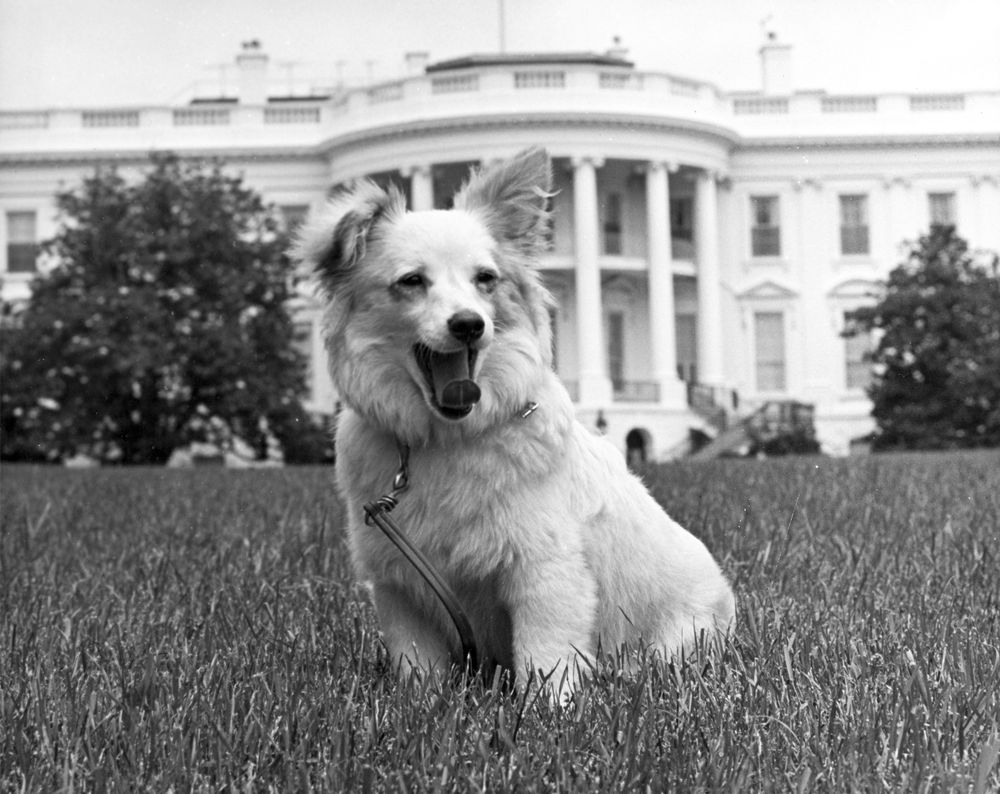Audience Engagement Manager Jen Kavanagh explains how the new Code Builder workshop aims to inspire the next generation of programmers The Science Museum’s new Information Age gallery explores communication and information technologies and processes, including the development and use of computer networks. Computing is currently a hot topic for schools, with the launch of the new computer science curriculum coinciding with the opening of this new gallery. As a result, the team here wanted to explore how we could effectively respond to […]

Content Coordinator Ulrika Danielsson goes behind the scenes to explore our medical collections.

Dr Ellen Stofan, NASA’s Chief Scientist, gave the Campaign for Science and Engineering’s 24th Annual Distinguished Lecture at the Science Museum.
Today (17 November) marks the 63rd anniversary of the LEO 1 (Lyons Electronic Office 1) computer, the first computer to be used in the workplace.
Laura Singleton, Press Officer, describes an extraordinary celebration of codebreaker and mathematician Alan Turing at an exclusive screening of the new film, The Imitation Game, starring Benedict Cumberbatch.
David Finnigan from Australian science-theatre company Boho, explains what goes into making the Best Festival Ever.
Materials scientist, author and TV presenter Professor Mark Miodownik has won the most prestigious science book prize in the world, with his personal journey through our material world.
Sir Tim Berners-Lee told a Parliamentary reception to celebrate the Science Museum’s new Information Age gallery he believes innovation will continue to overcome big challenges facing the world and specifically those facing the World Wide Web.
Roger Highfield, Director of External Affairs, reflects on Benedict Cumberbatch’s recent visit to the Science Museum to prepare for his role as Alan Turing in a new film, The Imitation Game. Book tickets for a special preview screening at the Science Museum’s IMAX next week.
Roger Highfield, Director of External Affairs at the Science Museum, explores the physics of Hollywood blockbuster Interstellar.

On this day (3 November) in 1957, just one month after the launch of Sputnik, the world’s first artificial satellite, a dog called Laika was sent into space, become the first living thing to orbit our planet.
A panel of some of the world’s leading thinkers and entrepreneurs share their insights about the big events that have shaped communication technologies